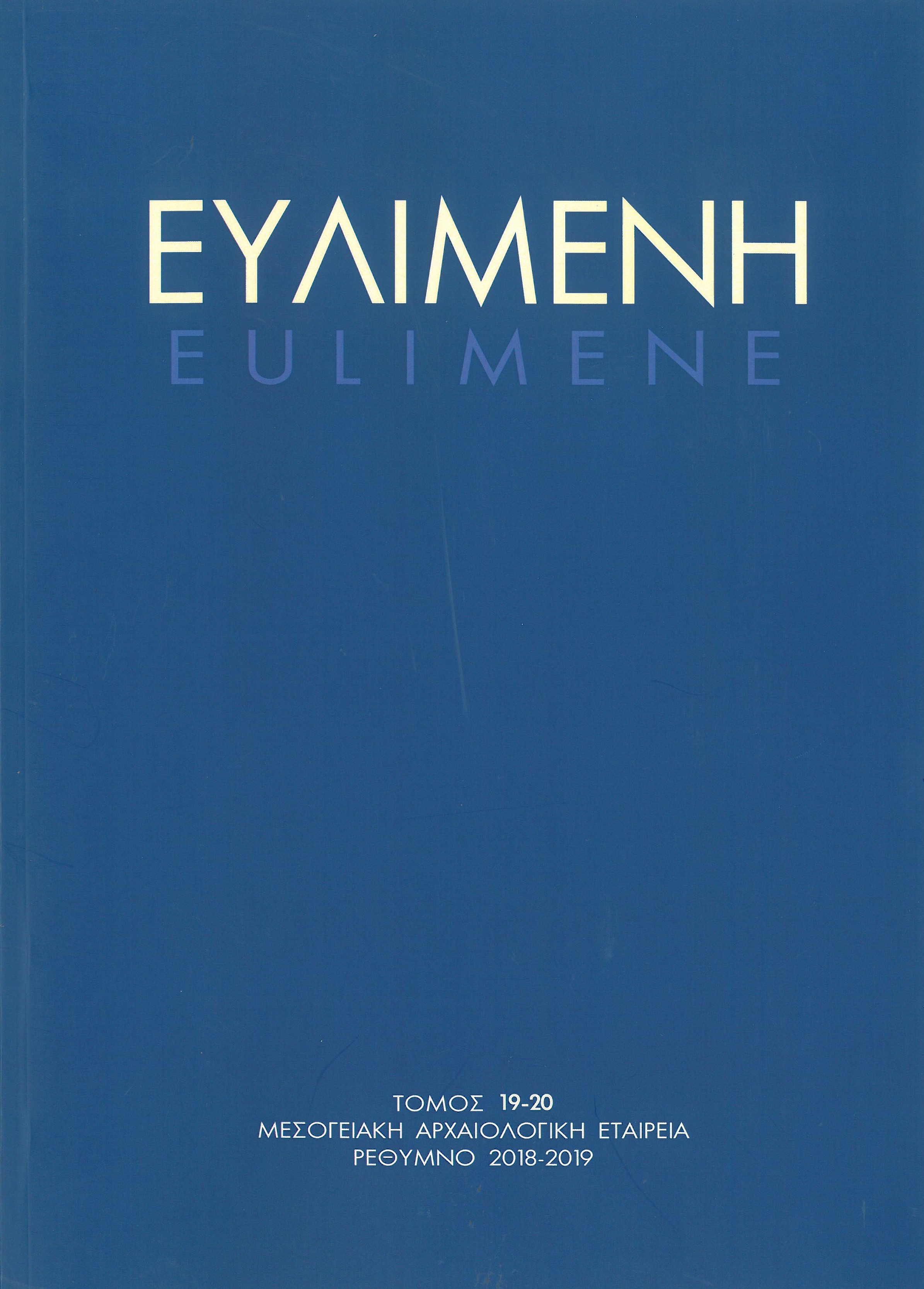Lunisolar Calendars, the Antikythera Mechanism, the Halieia of Rhodes and some thoughts on the Calendars of Rhodes and Kos

Abstract
This paper will discuss the logic, history and development of lunisolar calendars, including the octaëteris, the Metonic Cycle and Callippic Cycle periods (particularly how the latter two are employed on the Antikythera Mechanism), as well as the years, season, history and events of the Halieia games of Rhodes (which are also attested on the Antikythera Mechanism). It will also discuss the order and seasons of the months and the day-nomenclature of the calendars of Rhodes and Kos as well as their semester systems. Here it will be argued that there were two separate calendars in operation with different starting points at both these city-states an Eponymous Calendar-Year and a Bouleutic Calendar-Year. The paper will also discuss the intercalary month Πάναμος δεύτερος at Rhodes along with various theories concerning the Διπανάμια festival there. Finally, the paper will conclude by analyzing the years in which several Rhodian festivals were celebrated, based upon which several Rhodian inscriptions will be redated.
Article Details
- Section
- Articles
- Categories
The copyright for articles in this journal is retained by the author(s), with first publication rights granted to the journal. Authors who submit articles to this journal confirm that third-party intellectual property rights are not violated in any way. By virtue of their appearance in this open access journal, articles can be used freely, with proper attribution, for educational and other non-commercial purposes. The Mediterranean Archaeological Society retains the right to publish papers that appear in EULIMENE in any form, including electronic, the journal may assume in the future. It also retains the right to deposit articles published in EULIMENE in its repository.





